As a dog owner, shedding is one thing you know all too well. Those tumbleweeds of fur rolling around on the floor make it almost impossible to keep your home looking clean and tidy.
Not to worry though, managing excessive shedding doesn't have to feel like an impossible task!
With some knowledge about why dogs shed and smart methods for controlling the hair in your house, you can create a plan that works best for tackling this common pet parent frustration.
Keep reading to learn more tips on how to manage excessive dog shedding so that you can maintain a beautiful, fur-free living space!
Reasons Why Dogs Shed Their Coats
Dogs typically shed their dead hairs to make room for new ones, just like humans do. Additionally, dogs have different coats for different seasons.
During colder months, they may develop a thicker winter coat to keep them warm, which they will shed to make way for their lighter summer coat once warmer weather approaches. Shedding is a natural part of your dog's life cycle and helps to regulate their body temperature.
Just like humans, many dogs have continuously growing hair, which means they need to shed it regularly to make sure their coat stays healthy.
So next time you're clearing up your dogs shed fur, remember that shedding is perfectly normal and is just a sign of their healthy coat!
Breed and Coat Type

Did you know that a dog's breed and coat type of your can greatly affect how much they shed?
It's true! Certain dog breeds are notorious for heavy shedding, particularly double coated dogs such as Huskies and German Shepherds. Their thick undercoat sheds frequently and in large amounts throughout the year. Additionally, dogs with longer or thicker hair tend to shed more.
If you live in a warmer climate, it's important to keep this in mind when selecting a breed. Opting for a smoother coated breed may help prevent excessive shedding during the warm weather months.
However, shedding is a natural process for dogs and cannot be completely eliminated. With proper grooming and care, you can help control the amount your pooch sheds.
Dog Breeds that Shed the Most
If you're someone who loves a furry companion but can't quite seem to keep up with the constant shedding, then you may want to steer clear of double coated breeds.
These dogs are known for their thick undercoats that keep them warm in the winter and cool in the summer, but all that dead hair comes with a price.
This group of dogs includes very popular breeds such as Golden Retrievers, German Shepherds & huskies - these pups shed year round and can leave a trail of fur wherever they go.
Fortunately, with regular brushing and grooming, you can manage the loose hair and enjoy the cuddles from these fluffy pups.
Non-Shedding Dogs & Dogs that Shed the Least

If you're someone who loves dogs but hates constantly cleaning up pet hair, you're in luck. There are several non-shedding dog breeds out there that could be the perfect fit for you. These breeds boast a single coat that doesn't produce much hair, which means less mess for you to clean up.
Some examples of non-shedding breeds include Poodles, Bichon Frises, and Shih Tzus. But even some of the dogs that shed the least - like Terriers and Greyhounds - might be a good fit for your household, as their hair growth is minimal.
Overall, there's no need to sacrifice your love for animals in order to maintain a clean home. With the right research and preparation, you can find a dog breed that fits both your lifestyle and your preference for low-maintenance grooming.
All Dogs Are Different
It's important to understand that dog's hair loss is a normal process which is part of their natural life cycle, and is influenced by several factors, including genetics, environment, and nutrition.
While most dogs have no shedding season & some form of year round shedding, some breeds have a specific shedding season, like Huskies who "blow out" their thick undercoat in the spring.
Understanding your dog's shedding habits can help you keep your home clean and your pup healthy. One thing is for sure, all dogs are unique in their shedding habits, and it's just another way that makes them so special.
Dog Shedding Season
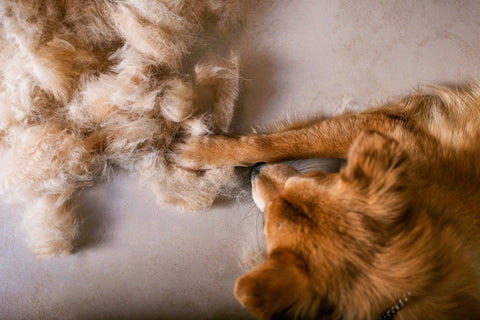
As the seasons change, many furry friends are gearing up for dog moulting season. It's important to understand that seasonal shedding is a normal process in a dog's coat cycle, and it's actually a sign of healthy skin.
However, it can definitely be a hassle for pet owners with the constant need to sweep and vacuum. One useful tip is to invest in a bristle brush to help remove loose fur from your dog's coat.
Embrace the normal shedding process and help your furry friend stay comfortable and healthy during these seasons by offering extra grooming and brushing! Just keep an eye out for excessive hair loss. If you notice your dog moulting excessively it can be a sign of illness or skin infections.
Dog Shedding: What's normal and what's not?
If you're a dog owner, you're probably well aware of the hair loss that comes with a furry pup. But how much is too much? If you're noticing bald spots or your dog's skin is becoming inflamed and irritated, it could be a sign of a more serious skin problem.
While some hair loss is normal for dogs, excessive shedding and skin issues can be a cause for concern. Thankfully, there are plenty of ways to manage canine shedding and keep your pup's coat and skin healthy.
From ensuring they have a high quality diet which includes fish oil, fatty acids & other essential nutrients - to grooming techniques & treatments for things such is fungal infections from the vet, the right approach can reduce shedding in no time.
As a dog owner, it's important to know what's normal for your dog and when it's time to seek veterinary care for any sort of underlying medical condition.
How Can I Manage My Dog's Shedding?
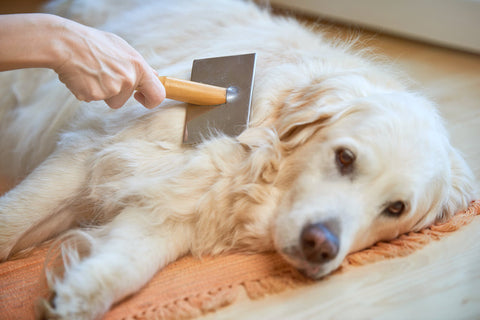
Shedding is a natural process for our furry friends, but there are steps you can take to manage it.
First and foremost, try not to wash your dog too often. Frequent shampooing can strip their skin of natural oils, which can actually lead to increased shedding. Instead, focus on regular grooming and brushing to help remove dead hair (and keep it from scattering all over your furniture).
It's important to remember that shedding is a result of the natural cycle of your dog's hair growth, so don't stress too much about trying to completely eliminate it. Just stay consistent with your grooming routine and your pup will thank you for the extra attention!
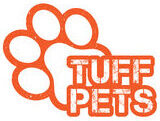
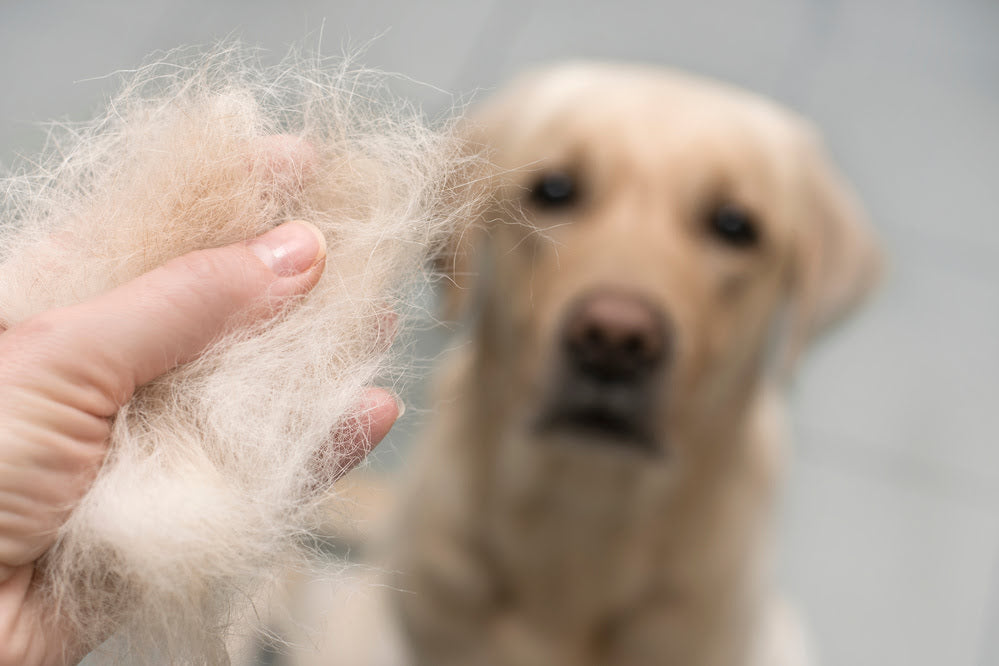
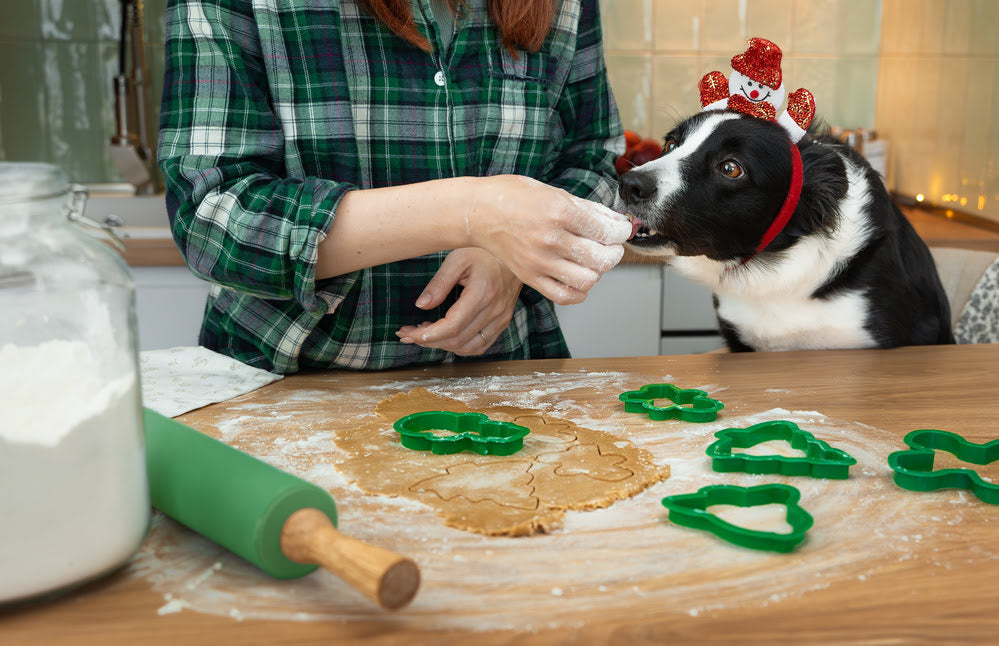
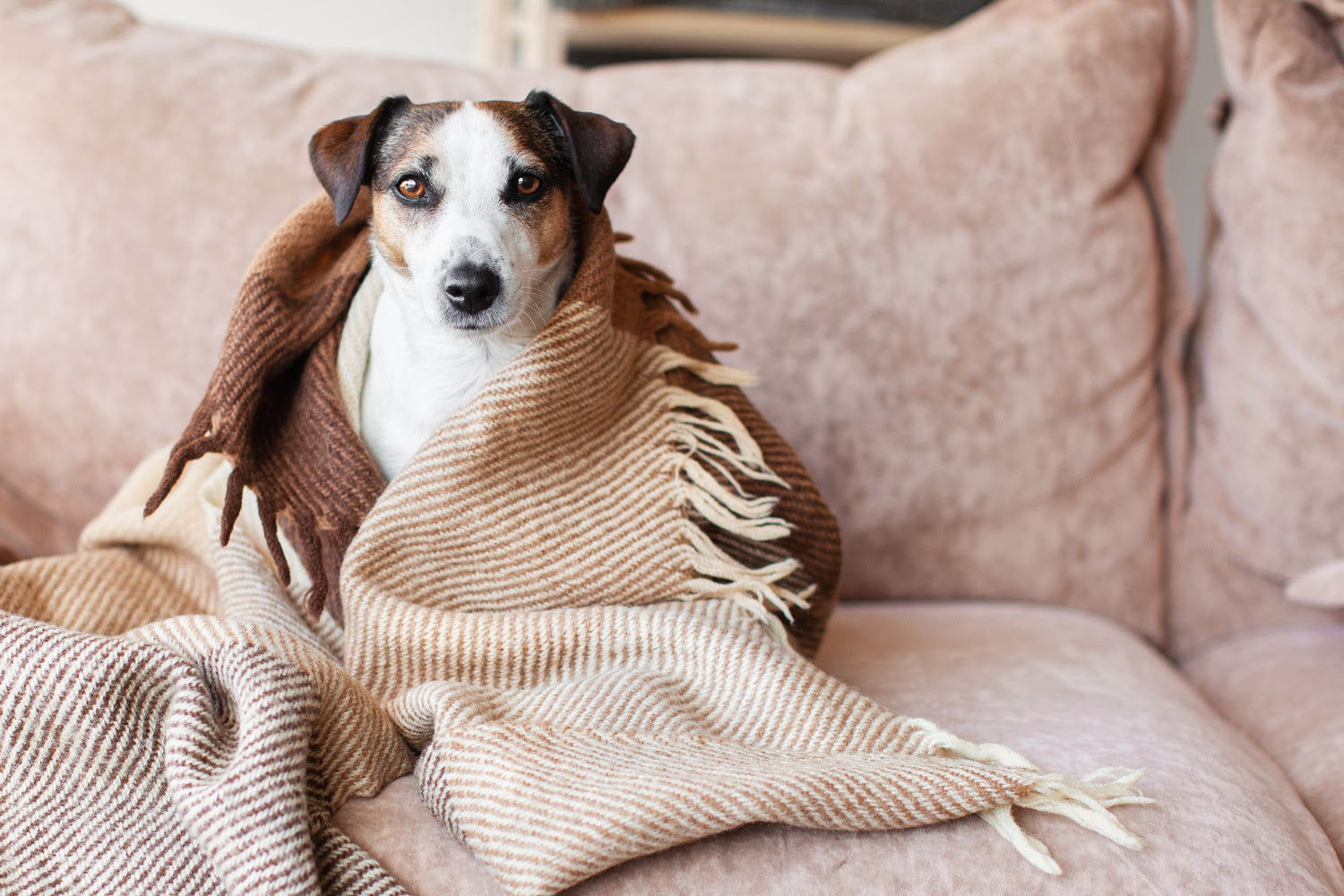
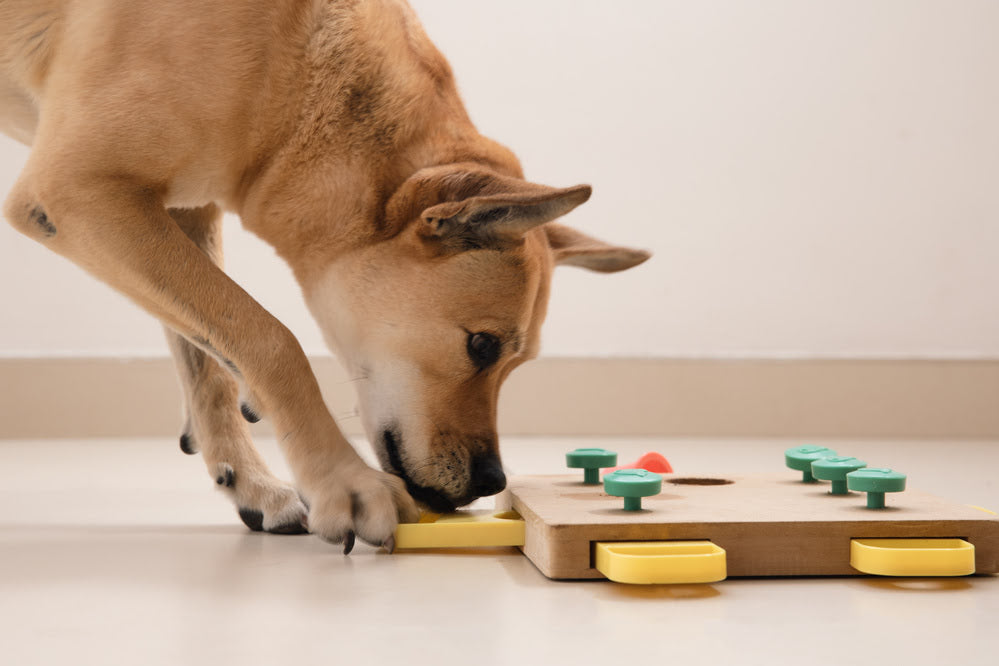
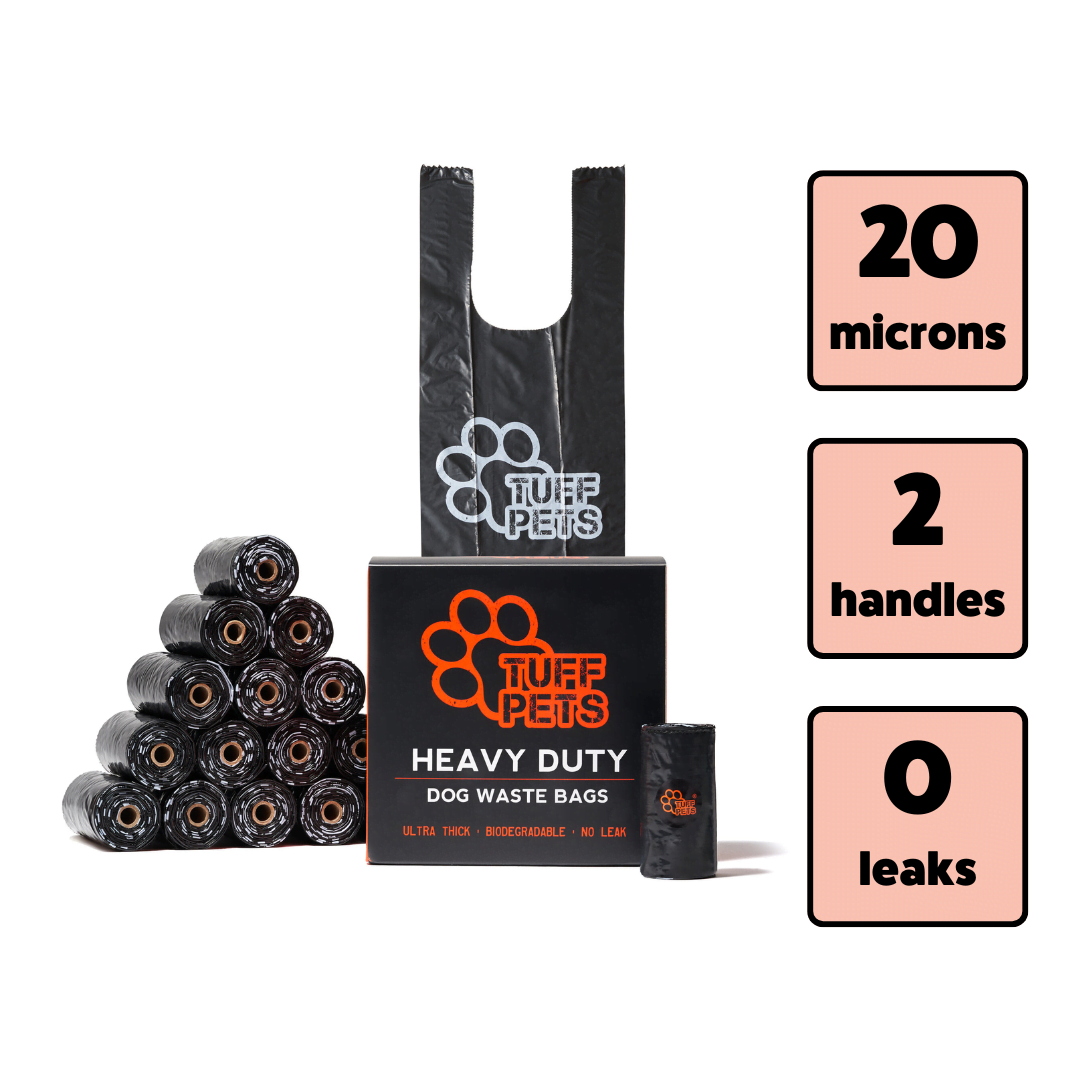
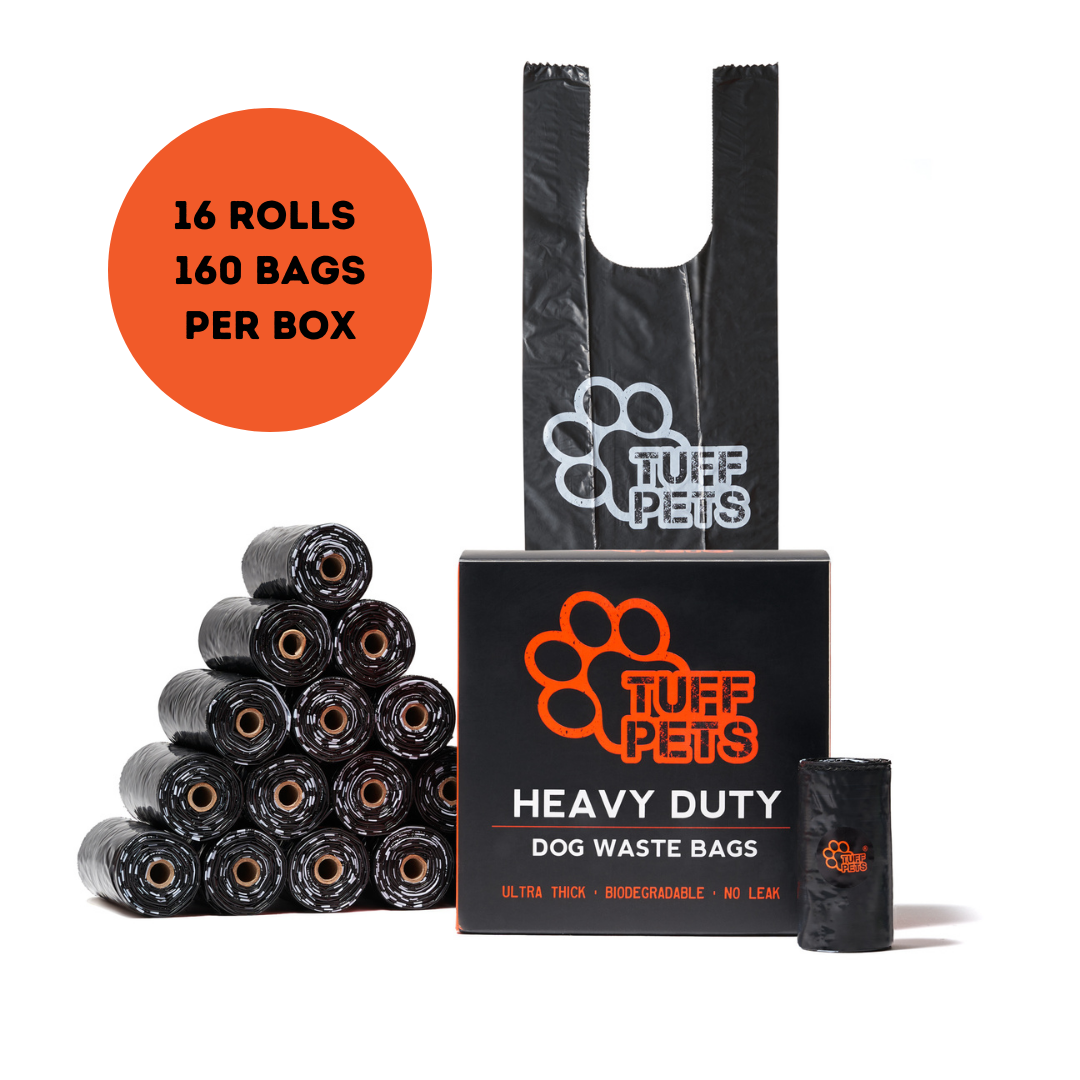
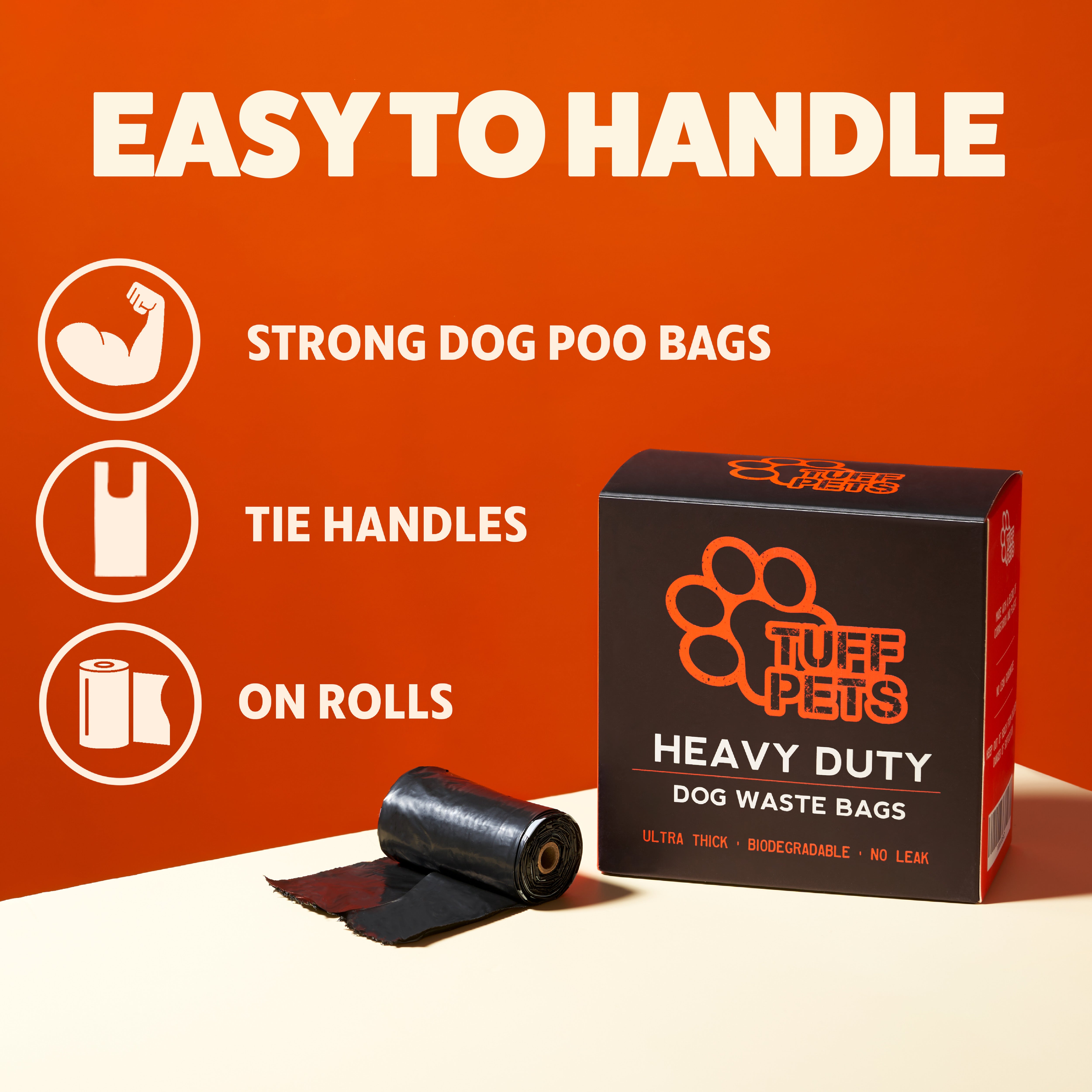
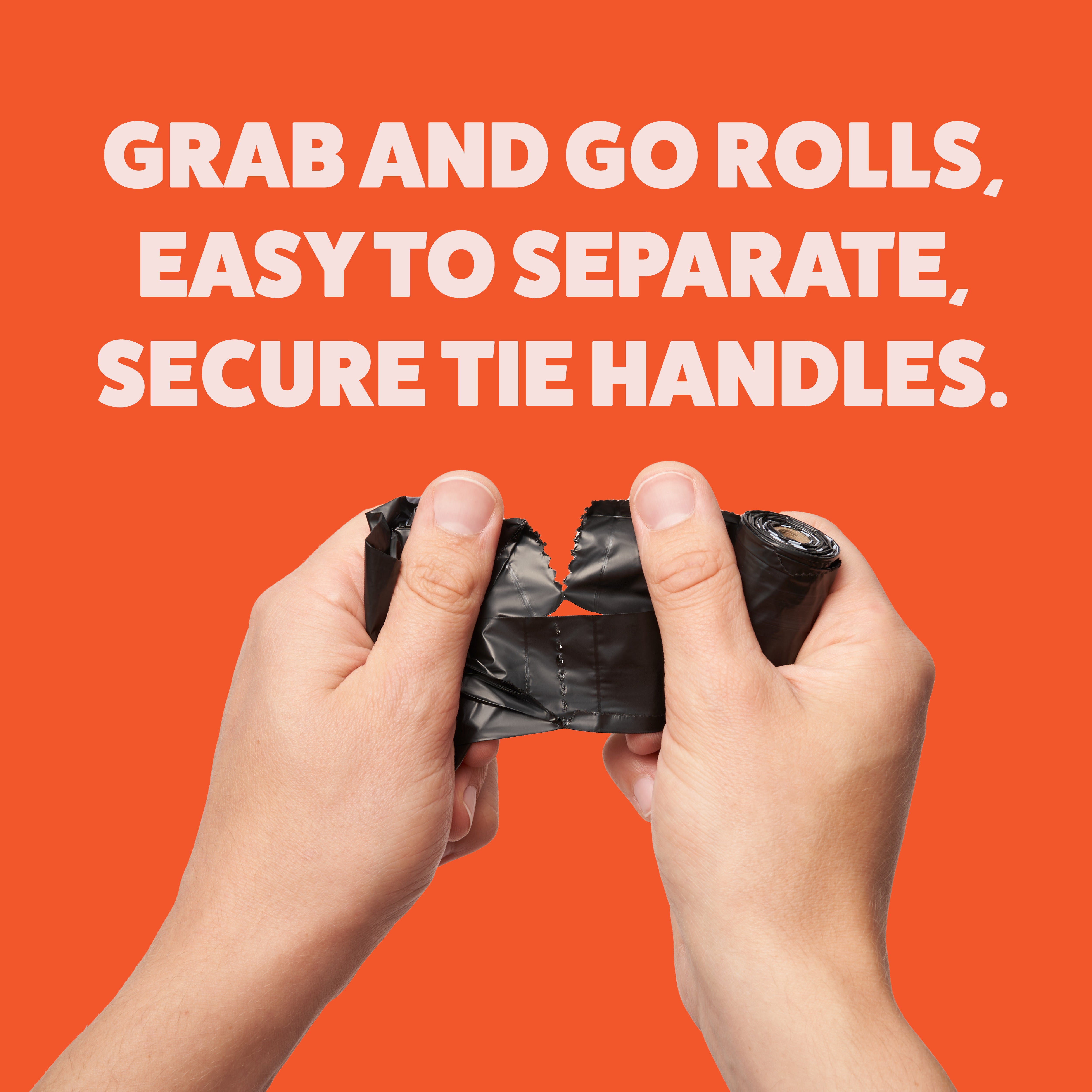
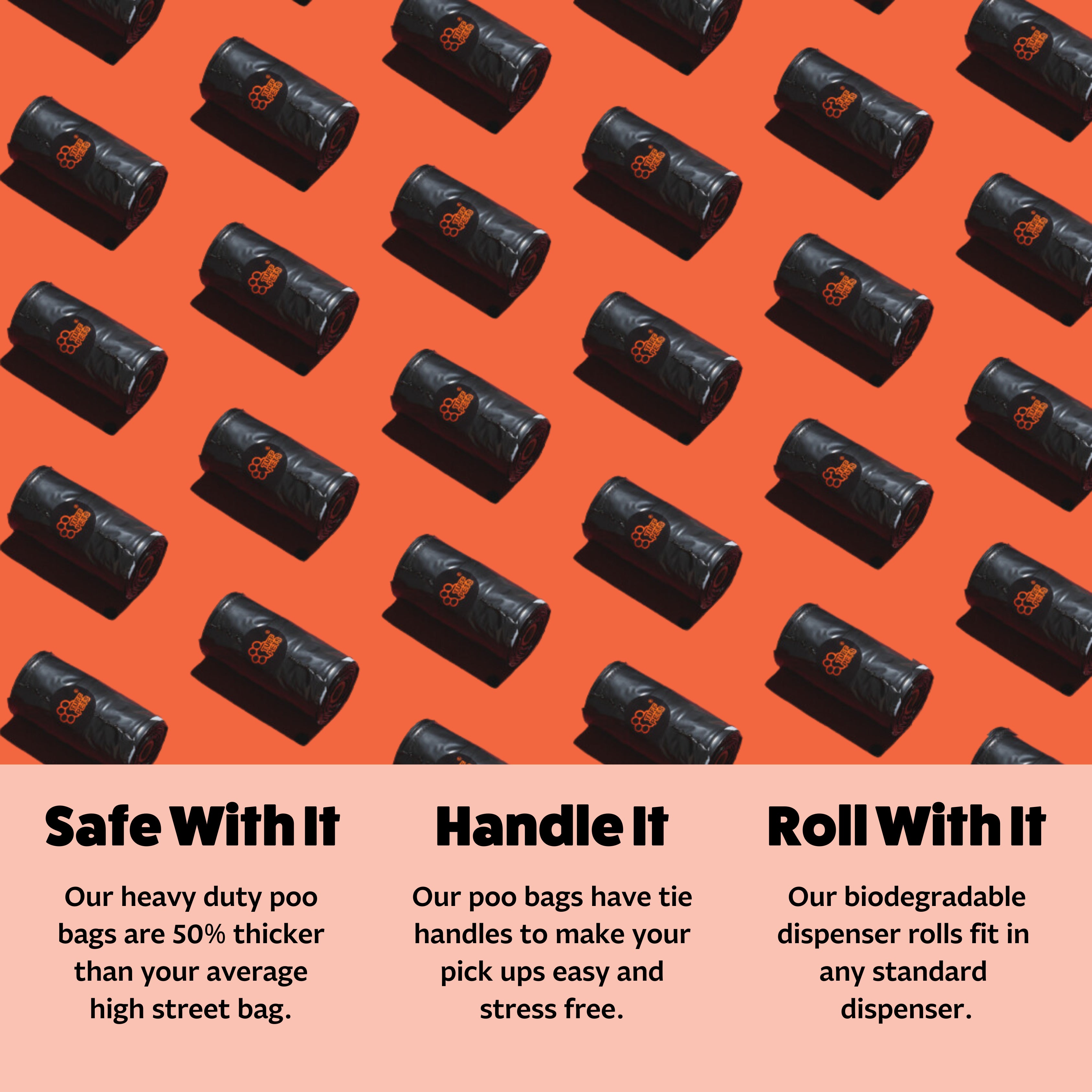
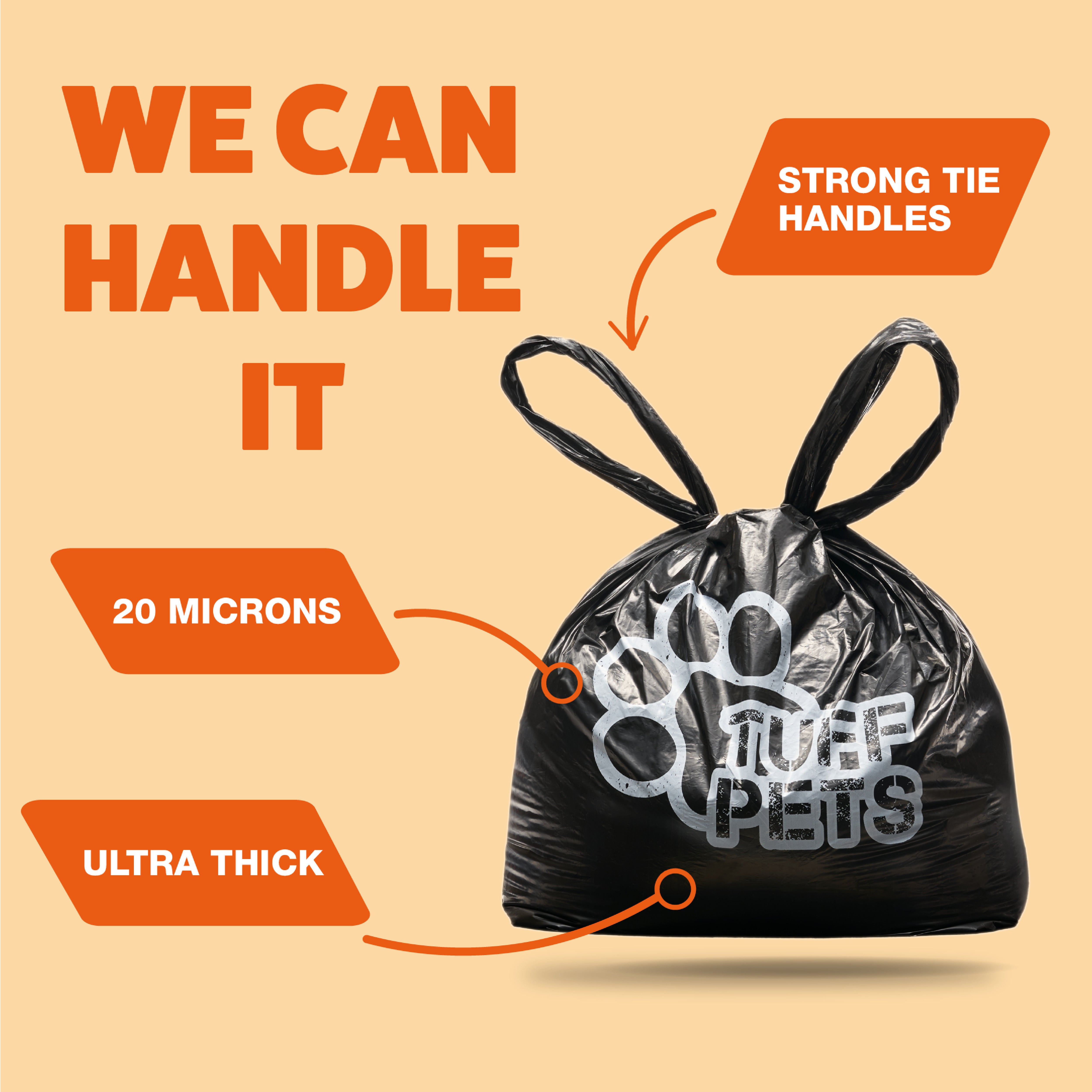

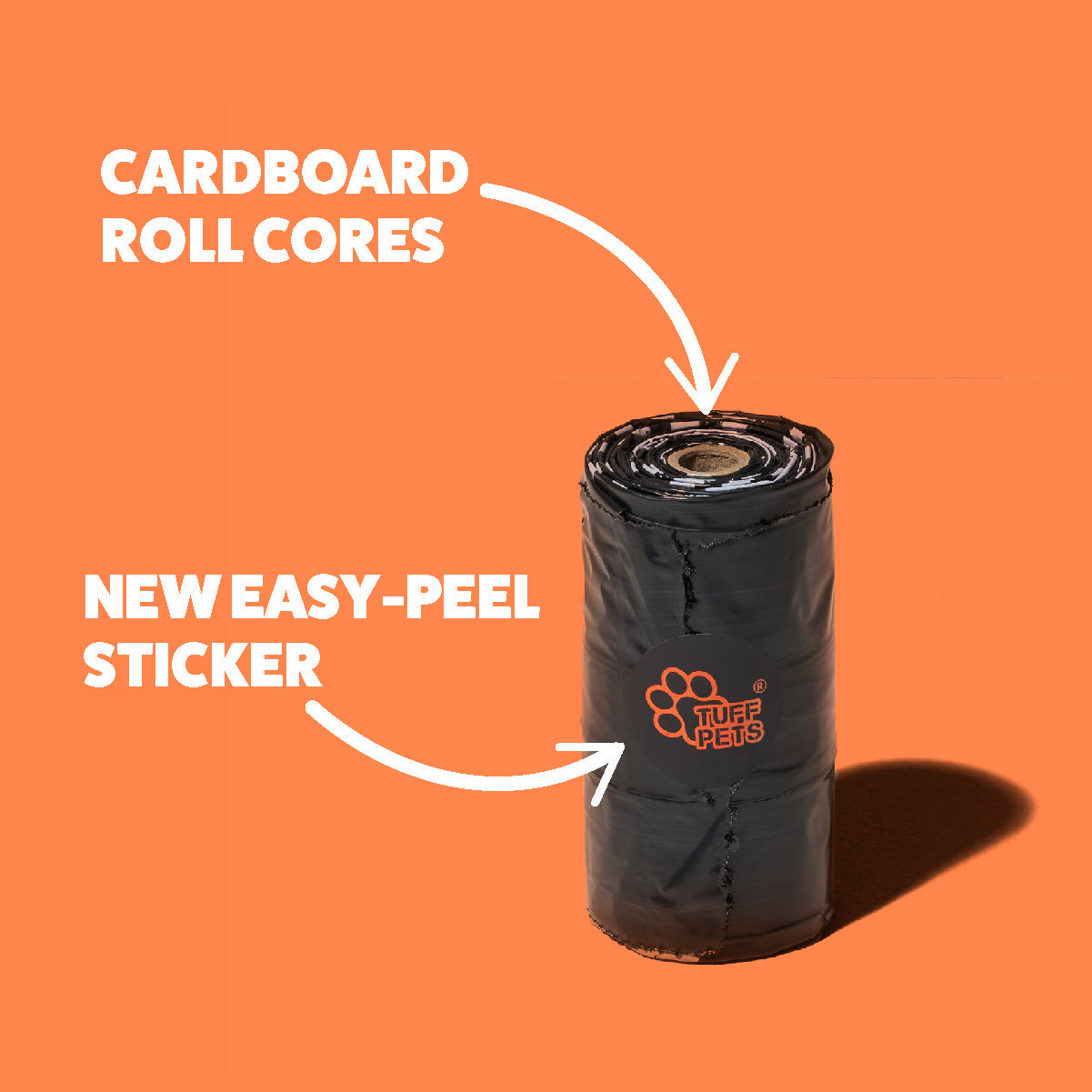
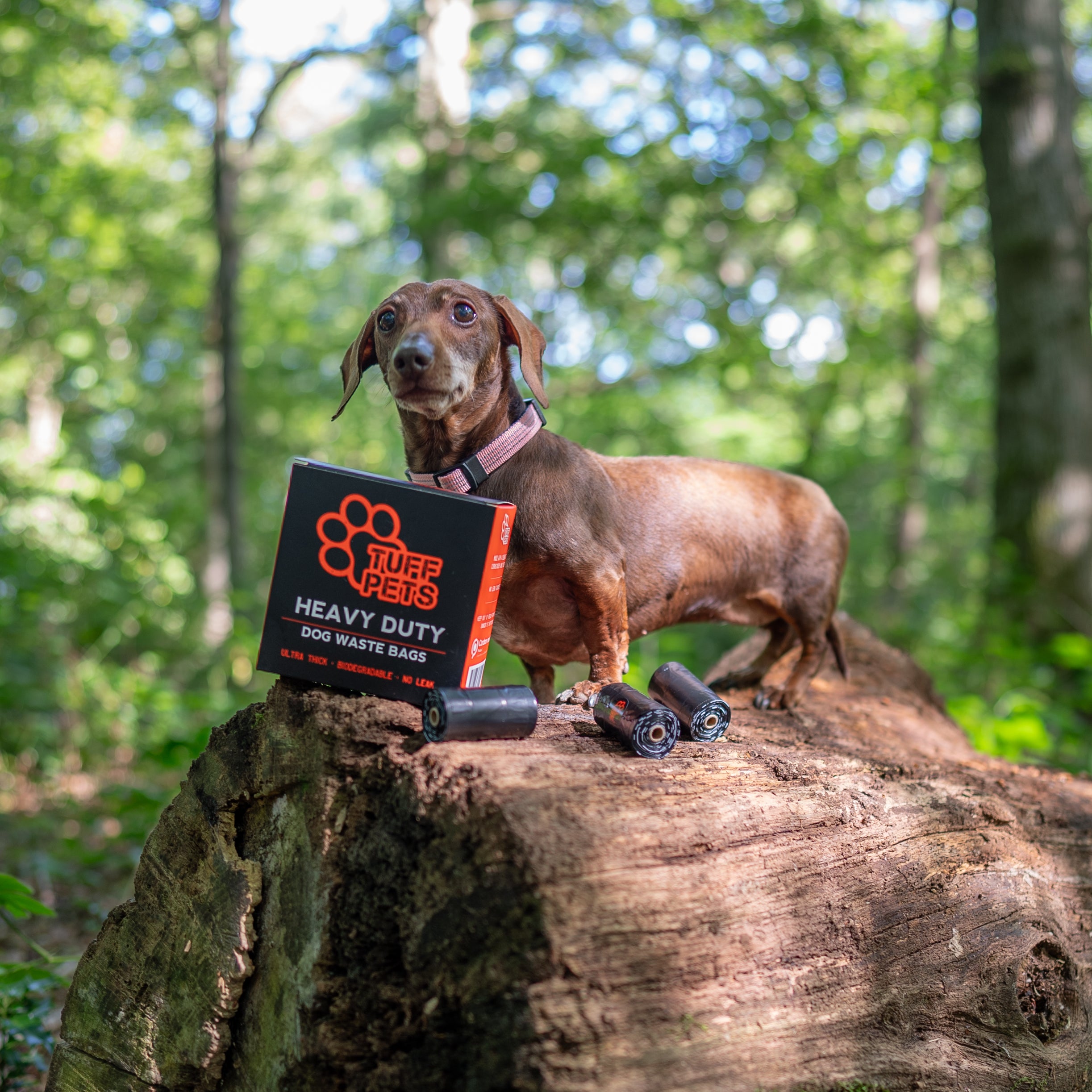
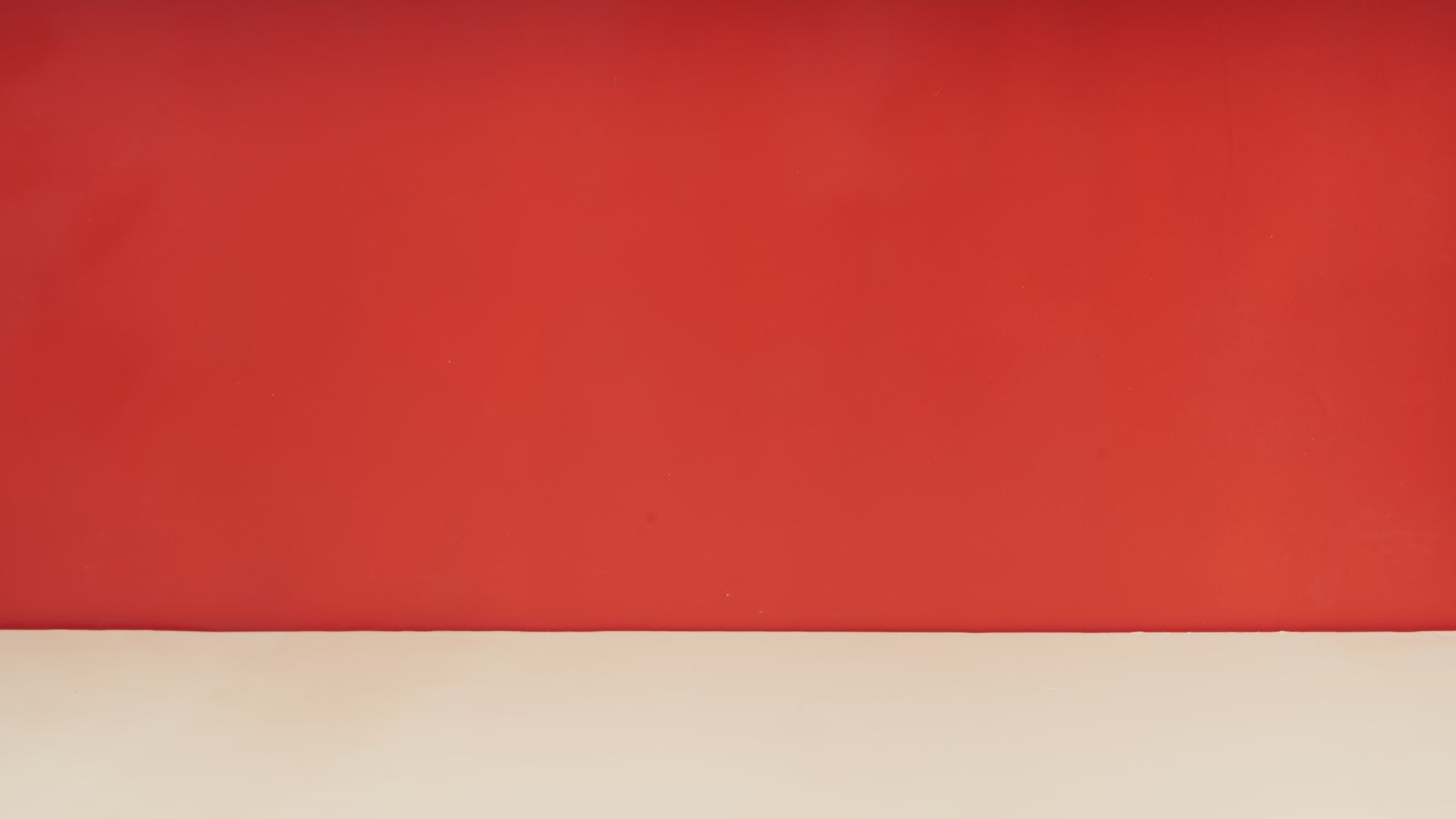
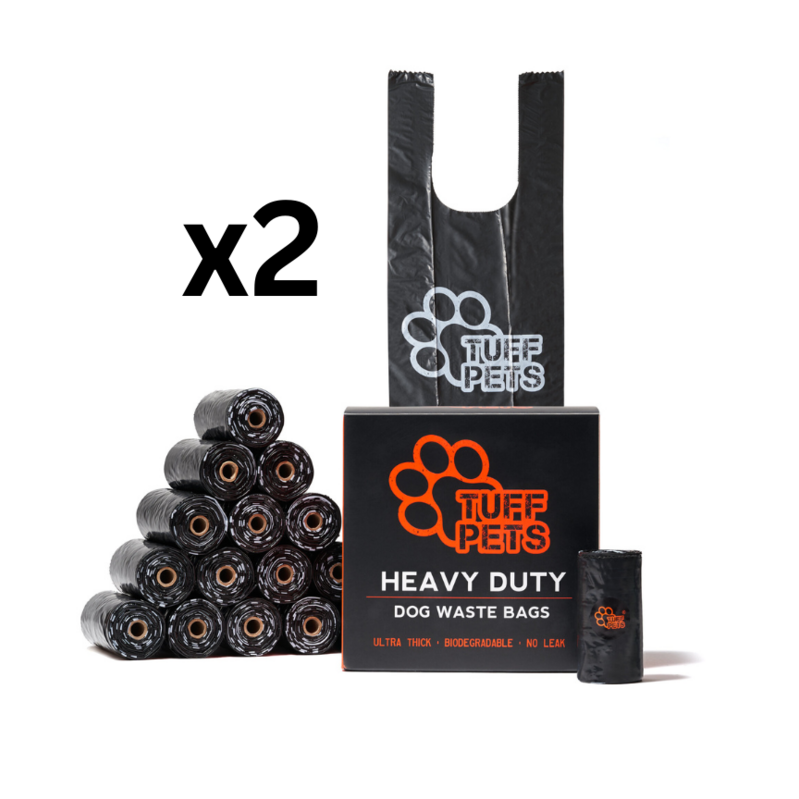
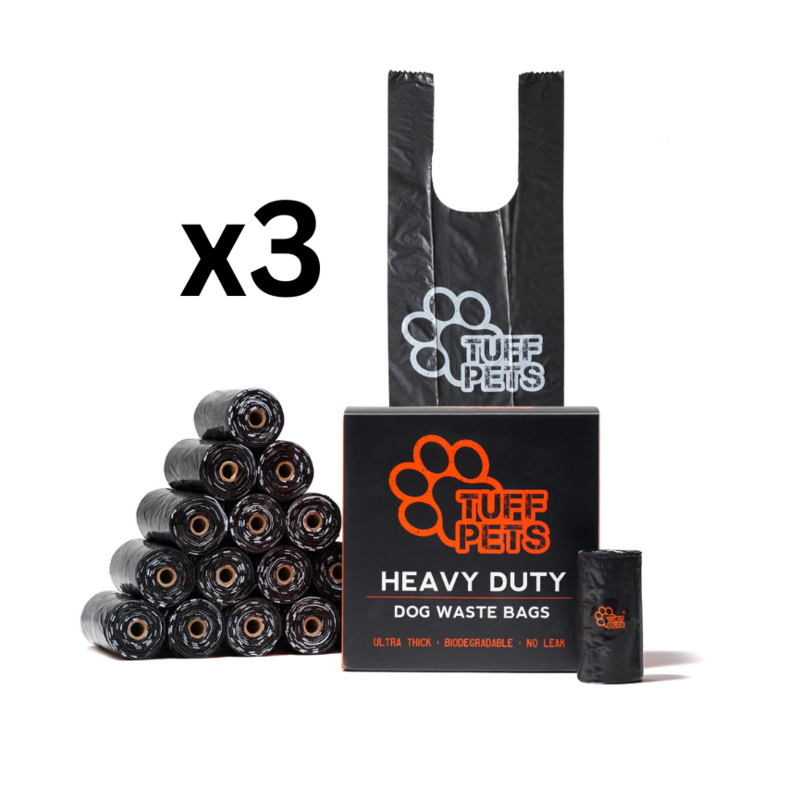
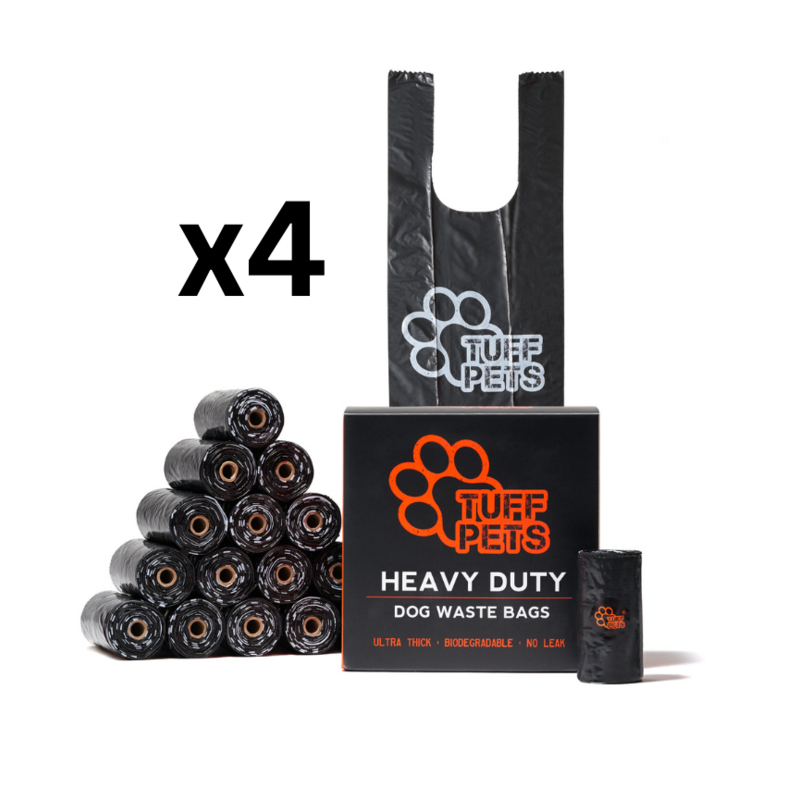
Share:
Spread The Word: November Is National Adopt A Senior Pet Month!
How to Prepare for a New Puppy - New Puppy Checklist UK